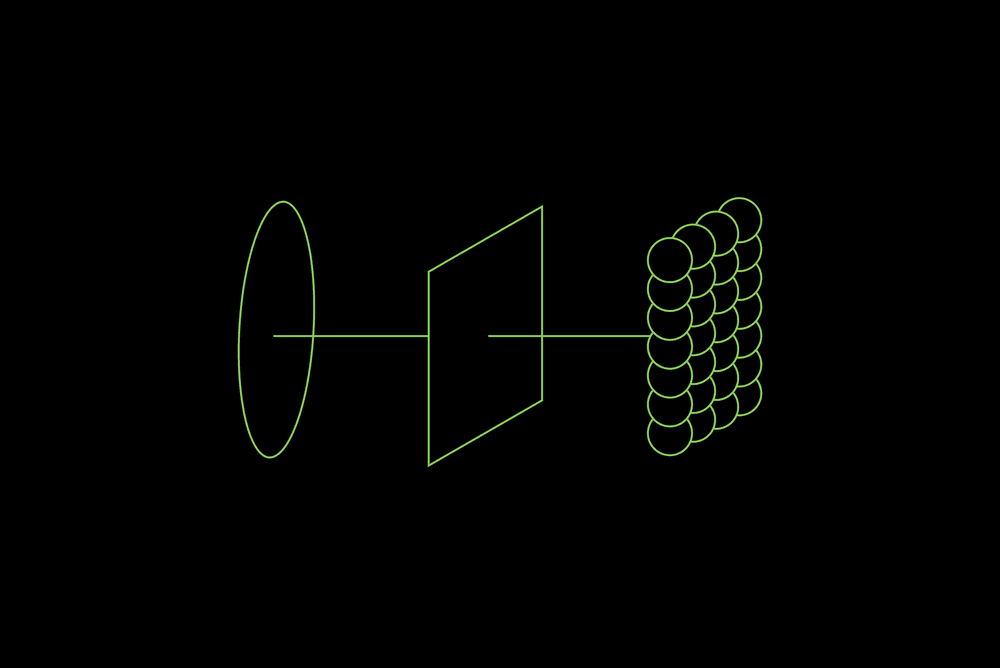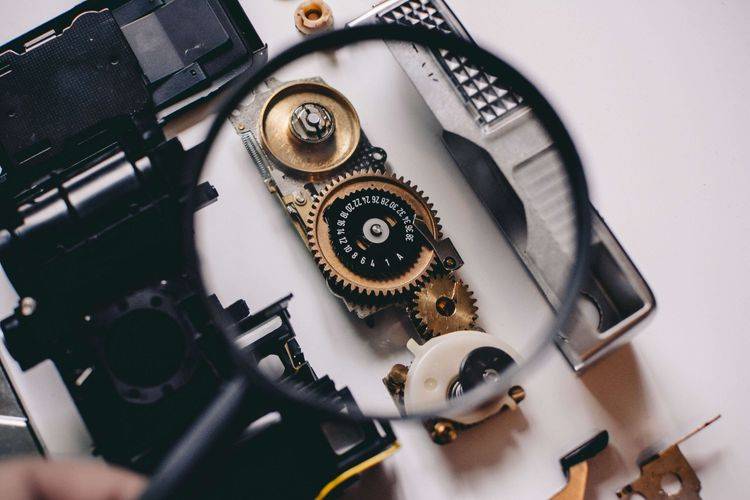If you ask a layperson what product development means, the likely answer is, “Creating new features.” This is the case for new products that are yet to find the market fit, but what about more mature apps? Are they also in a nonstop race to create new functionalities?
In today’s article, I'm exploring what you should consider before moving forward with adding new features to the product. I'll also provide a list of viable alternatives that can reliably deliver value. So, without further ado, let’s start by asking the fundamental question:
Why Rushing New Features Is Not the Best Choice?
Every product, at its core, delivers value to its users. While delving into the different types of value would require a separate article, let’s agree that it generally involves solving user problems while also generating profits for the business. We want users to be happy using and paying for our product. But on top of that, we want to continuously enhance this happiness. Every product decision we make to improve the value generated needs time to be delivered and doesn’t guarantee success, especially if, in an effort to add new functionality as quickly as possible, your team neglects the Discovery phase.
Technical Debt
Let’s start with something you will hear a lot from your development team: The risk of new bugs and technical debt. If development is rushed, the released feature will compromise healthy technical quality in favor of the earliest release date. However, the technical shortcuts taken are not free and may potentially result in issues later down the line. Of course, this is a balancing act: No product is entirely free from bugs and technical debt, nor should it be. It only becomes a problem when compromised releases become a cultural norm. If ignored, at some point, even the simplest changes will take an absurd amount of time to develop. Similarly, accumulating bugs will cause clients to leave your unstable service. While pursuing more and more success is the typical business goal, it won’t be sustainable without proper care for the technical state of your product.
Product Complexity
However, it’s not only technical negligence that can jeopardize your future progress. Adding more features means piling additional complexity onto the product: Each new “brick” in the product, even if bug-free and expertly crafted, introduces additional dependencies that make product development more challenging in the future. Simply put, your product becomes a house of cards, and adding more and more floors can result in a cascading disaster. This also means that users need to navigate more and more options, potentially making the user experience more confusing. This might force you to consider potential training requirements. Depending on your business model, type of product, and target audience, you may also find it necessary to retrain the users. This is a significant risk to consider, as your clients might decide not to use the new addition your team developed to save time and money.
Of course, these are only considerations that need to be taken into account before deciding on any new feature. These shouldn’t stop you from innovating and trying new things to capture your market. However, you may consider mixing those innovative yet risky investments with less risky alternatives.
What to Do Instead?
It’s easy to advise slowing down the distribution of new features. However, the product still needs to improve user and business happiness continuously. These improvements can be delivered by:
Fixing Bugs
This is nothing more than product updates with a close-to-zero chance of not improving the product’s value. However, the trick here is to find the right bugs to fix that affect enough users and are real obstacles in your product funnel. It’s not about having a bug-free product but ensuring you won’t lose any clients or leads due to them.
Improving the User Experience
While these losses can come from obviously negative buggy experiences, they can also occur due to plain imperfections in well-functioning parts of the product. You might identify potential areas for improvement while analyzing your product funnel and heatmaps. The ultimate goal is to have users effortlessly navigate through your product and always be able to achieve their goals there. It also means finding creative ways to capture user attention where you need it (e.g., adding a pulse animation to the cart when there is an item and you want to minimize the user leaving without completing a purchase).
Improving the Copy
While the oldest Hollywood advice says to “show, not tell,” you will still likely have a lot of text in your product. Very often, the copy doesn’t get enough attention and is written hastily just to push the product out. Replacing poor copies with masterfully crafted, shorter sentences can yield great results. Not to mention the situation where you decide to replace technically correct communication (e.g., “Your purchase was successful.” after ordering a meal via a food delivery app) with something creative that focuses on the user value (e.g., “You will soon enjoy a great meal!”). You will be amazed at the positive impact on the main metrics.
Educating Users
Sometimes, simplifying the design and providing a better copy might not be enough. In such cases, invest in in-product tutorials and highlights that explain functionalities that might aid the user and, for whatever reason, are not easily discoverable. This can also mean working with your client support or marketing divisions to organize training, knowledge base articles, or other ways of ensuring your users get the most out of your product.
Improving Tracking
Do you have product questions you are not able to answer? Perhaps you could invest time to be able to do so! It might help you decide whether the new feature you had in mind is a suitable investment. This can also help pinpoint a reported bug you couldn’t track previously!
Removing Features
This is the ultimate move for an owner of a mature product and organization. You may find that some features are not used and only make the product more complex and harder to develop. In such a case, taking a step back and ensuring the product is at its best will be a great choice! Even if it means rejecting past failed investments.
Closing Words
As a founder, you are on a mission to find the product-market fit and maintain growth. These two phases are likely to have different product development cultures. The product-market fit phase will push you into “Whatever it takes” mode as soon as possible to reach profitability or at least get on the road to achieving that. Once that happens, most likely, you will have a mature product that can convince users to purchase your product. This is when it’s time to slow down and open up to alternative ways of providing user value. While dedicating a portion of your developers’ time to innovation might get you to the next step of your business, using the listed alternatives will help you firmly stand where you already are and support your next features with more robust product fundamentals. Good luck making the right product choices!



